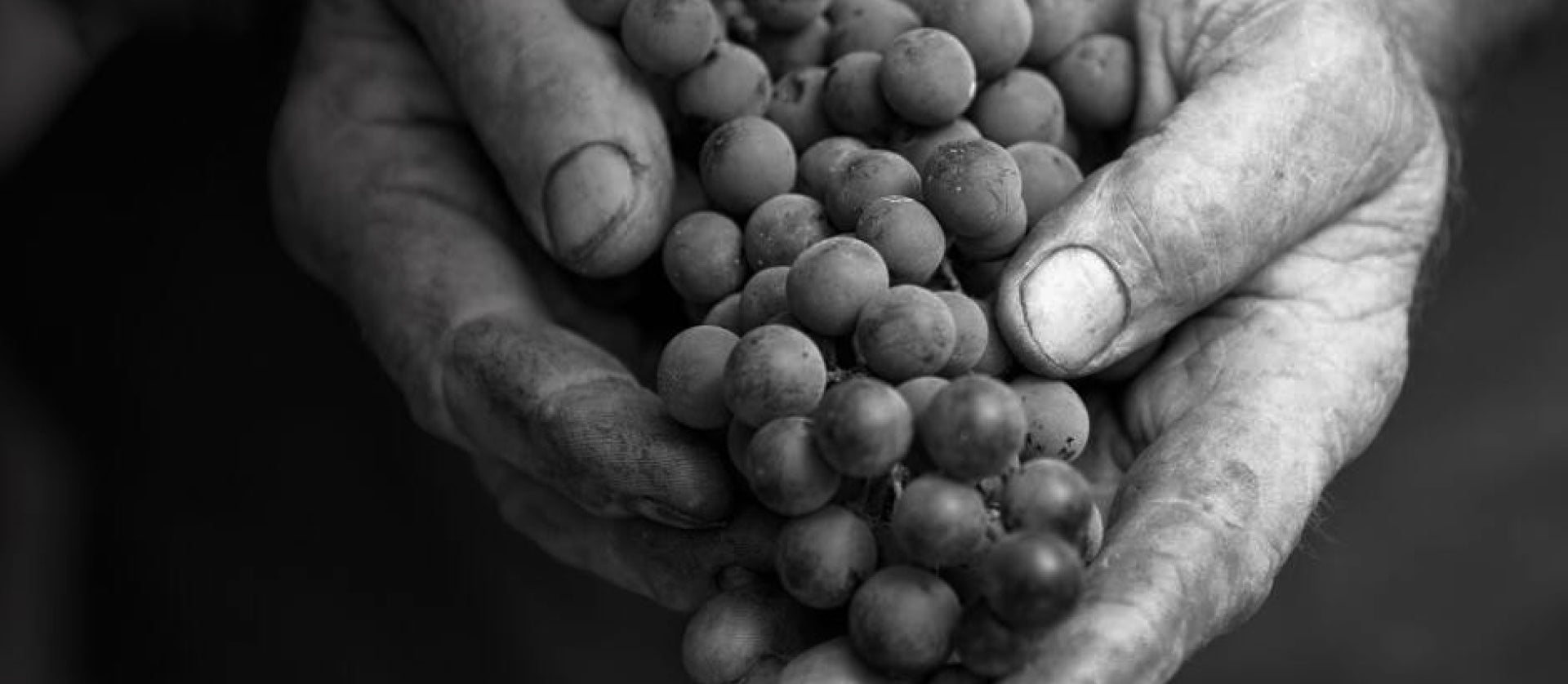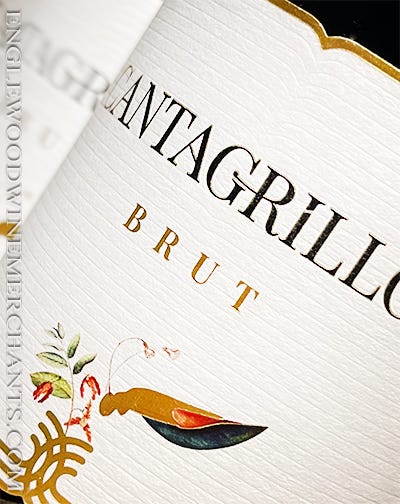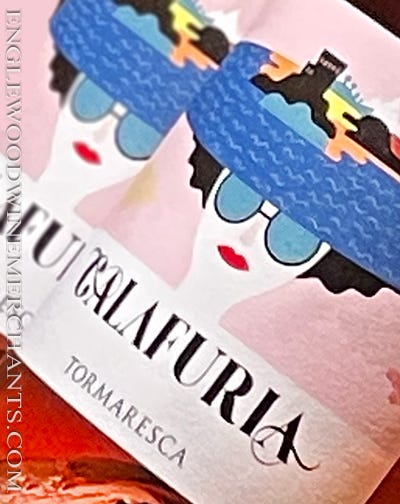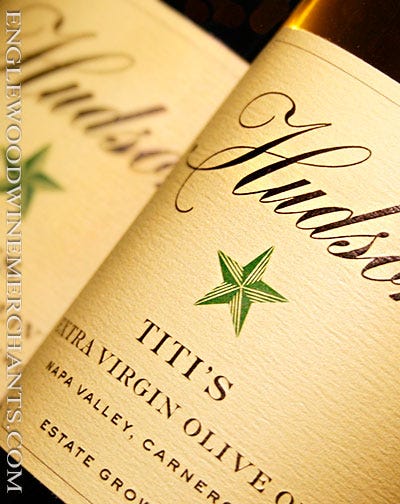

2019 Brunello di Montalcino
2019 Brunellos are off the chart good and are being compared to the iconic 2010, 2016, and historic 1997 vintages.
Our Location
One Engle Street, Englewood, NJ 07631

After all, your inbox could use a little taste.
Are you 21 years old or older?
Sorry, the content of this store can't be seen by a younger audience. Come back when you're older.

2019 Brunellos are off the chart good and are being compared to the iconic 2010, 2016, and historic 1997 vintages.
One Engle Street, Englewood, NJ 07631
Fine Wine & Spirits Merchant
For over 20 years, Englewood Wine Merchants has been known for its curated selection of fine wine and spirits. We offer in store pick up, local delivery, and national shipping where permitted.
Join us to receive exclusive offers and promotions.
Store Location
One Engle Street, Englewood, NJ 07631Phone
877-568-8820/201-568-8820Store Hours
Monday - Friday: 10:00 a.m. - 7:00 p.m.
Saturday: 11:00 a.m. - 7:00 p.m.
Sunday: 12:00 p.m. - 6:00 p.m. (Oct - Dec)


